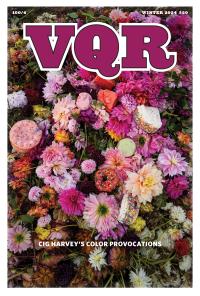
An Elegant Serif in a Snappy Cream Reduction
I may be more gourmand than gourmet, and more wino than wine connoisseur, but I can’t resist the sumptuous language of foodies. Tom Sietsema of the Washington Post writes of “teasing vinaigrettes,” “wine-sotted pears” (aka “boozy fruit”), “noble sauces,” and “molten cores of fontina cheese.” Great restaurant reviews take me for a ride on an emotional rollercoaster:
The cod and damp pastry were a little wimpy; their frame was fantastic, though, and the entree got a nice kick from lashings of lemony aioli.
The language of wine is not as sexy, but I still get a little thrill when I read about the “full, generous flavor of ripe berry fruits and aromatic herbs that is excellent with meat cooked over the flame.” Can I get that in a box? Or perhaps in my wine bra?
But forget the grandiose language of food. Thanks to my contacts in the design world, I have recently been introduced to the rich, poetic language of fonts. Mercury Display, a font made by Hoefler & Frere-Jones, is “smart, quick, and articulate.” It creates an “excited calm” on the page. Mercury Display is “spirited, subtle, and ferocious.” And it costs $199.
Which leads me to conclude that expense informs vocabulary. If your restaurant’s dinner entrees cost $60 each or your 1974 Cabernet Sauvignon sells for $500 or your average customer’s font shopping cart (yes, there is such a thing) is worth thousands of dollars, then your prose better keep up with your highfalutin prices. Please take note, writers of the 3-trillion-dollar federal budget. Adjectives like “reform-minded,” “trade-impacted,” and “countercyclical” don’t make me want to pay my taxes as much as “succulent,” “pillowy,” and “wine-sotted.”
